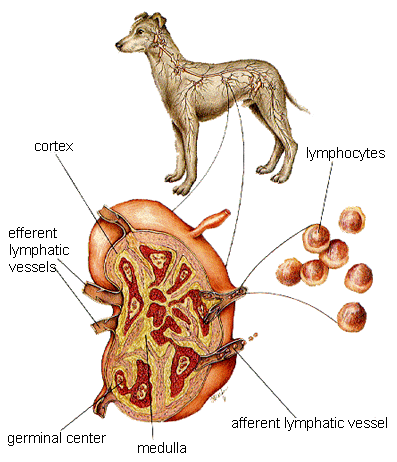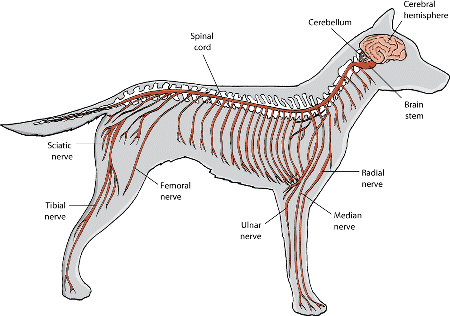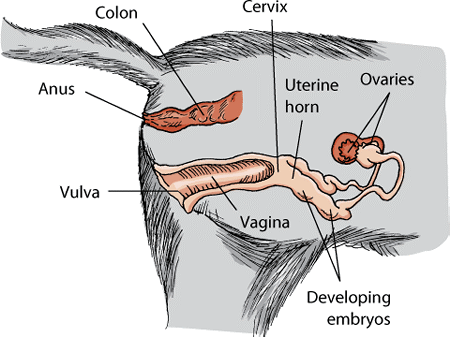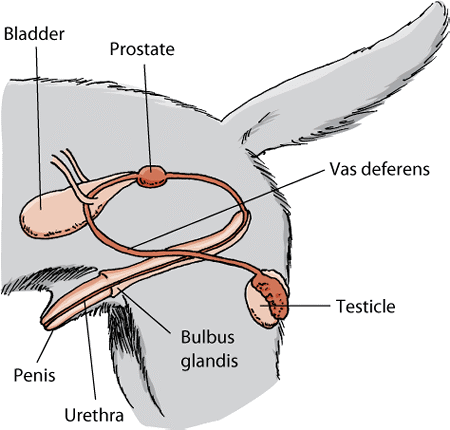top of page

Project #3
Animal Cells, Organs, and Systems

Plant Cell
Has a cell wall
Animal Cell
Does not have a cell wall
Has chloroplast
Has a large vacuole membrane
Does not have chloroplast
Has a little/no vacuole membrane
Has a rectangular shape
Smaller than a plant cell.
Only found in lower plant forms (EX. Chlamydomonas)
Has a membrane that makes the cell flexible. This membrane also allows nutrients, molecules, and gases to pass through the cell.
Has a circular shape
Function of Cells:
Cells are in all living things. They make up the structure of a creature and are what cause living creatures to function. An animal cell is a cell, of course, so every kind of animal has billions and billions of cells, as long as it is living. These cells are required for a creature to be considered living. An animal cell's function is to help an animal live properly and let it be able to complete tasks that help the animal live.

FUN FACT: A dog can sprain its tail from wagging it too hard.

Cat Organs
Dog Organs
Have the same organs as a dog.
Have the same organs as a cat.
Cats are mainly the same size.
Cats are more lean and flexible, so they
There are many sizes of dogs.
Dogs
Function of Organs **some organs may not be in the pictures**:
Tongue- Every animal uses their tongue to properly eat and taste. Some animals use their tongue to talk or make noise.
Esophagus- The tube that connects the the throat to the stomach.
Stomach- Digests food using acid and enzymes that is creates.
Small Intestine- Where 90% of food absorption and digestion occurs.
Large Intestine- Absorbs water from remaining amounts of indigestible foods and also transmits unnecessary waste material from the body.
Colon- Reabsorbs fluids and waste solids, which have been processed and prepares it all for excretion.
Anus- Ends the gastrointestinal tract and excretes fecal matter.
Pancreas- Releases digestive juices (enzymes) into the small intestine.
Liver- Creates proteins to help fight against blood clots along with breaking down old and damaged blood.
Lung- Takes oxygen into the body (breathing in) while releasing carbon dioxide (breathing out).
Kidney- Takes in large amounts of blood and cleans all of it out (cleans out waste and extra water).
Bladder- Holds urine and controls urination.
Ureter- An approximately 9-inch muscular tube that connects the kidney and bladder.
Ovary- Produces eggs needed for fertilization and hormones connected to reproduction.
Uterus- Holds the baby right from the blastocyst stage to the time when the baby becomes mature enough to be birthed.
Prostate Gland- Releases prostate fluids, which is an elemental part of semen.
Penis- A reproductive organ that releases the semen for reproduction along with the release of urine.
Body Systems
The Respiratory System is what allows an animal to breathe. The lungs take in oxygen when the animal breathes in and release carbon dioxide when the animal breathes out. Carbon dioxide can be fatal if left in the body for too long. Dogs tend to pant a lot when they have been exercising for long or just hot in all. Panting is a way that dogs release heat and easily breathe when hot.


The Circulatory System allows animals to give oxygen to the blood cells. The heart allows cells that contain oxygen to pump through the veins and arteries and into the cells that need oxygen to continue with properly functioning.
The Lymphatic System is what maintains the immune system and supplies the circulatory system with blood's plasma component. The Lymphatic System releases a fluid called Lymph, which is similar to blood, but is more transparent due to the high amount of white blood cells instead of the high amount of red blood cells.


The Skeletal System is what allows the animal to move around properly. The bones support the muscles, so if the bones were to be taken out of a creature, it would just turn into a sack of meat. There are many bones in the bodies of humans/animals. (Newborns= 270 bones; Adults=206 bones while dogs have about 319-321, depending on the length of the dog's tail. Cats have about 230-245 bones.
The Muscular System allows the animal to move and control movements they make. Animals require muscles to perform daily tasks, whether it is running for an hour or simply drinking some water.


The Digestive System is what allows animals to take in food and successfully excrete the material. It goes in through the mouth, while the organs take in either nutrients/minerals or waste depending on the organ's job. The waste then exits through the anus. The spleen filters old blood so new blood can properly perform the job in the body.
The Nervous System is what allows animals to receive, process, and send nerve and sensory impulses. The Nervous System also helps with enabling an animal to move their muscles. There are three parts of the Nervous System to vertebrae animals. These part are the: autonomic nervous system (which controls things the animal manually can not, like heartbeat), peripheral nervous system (smaller nerves that spread off from the spinal cord and deliver nerve signals to muscles and glands farther off from them), and the central nervous system (the main system, which includes the spinal cord and brain)


The Integumentary System is pretty much the skin. Skin acts as a barrier to protect the insides of a biotic creature, but once it's pierced, it is not as strong. Arteries are vital to living, they pump blood from the heart into the rest of the body, so cutting open an artery is extremely harmful to the body. Humans have sweat glands in their skin to help them sweat, but dogs do not. They have a small amount of sweat glands in their paws, but their main source of releasing heat is through panting.
The Urinary System is what lets liquids stay in and leave your body. The kidney cleanses the liquids that are soon to be urine. The ureter is what allows the liquids to pass from the kidney to the bladder. The liquids are pretty much urine at this point. The bladder then holds the urine and controls urination. The urethra is what the urine passes through from the bladder to the outside of the body.



The Reproduction System
is the system which allows a male to impregnate a female, which then also allows her to give birth. The Reproduction Systems in both a male and female are very different. The male's system contains the sperm, while the female's system contains the eggs. Once the sperm reaches the egg, it begins to fertilize it, which takes 12-24 hours. The egg then goes down the Fallopian tube and the attaches to the wall of the uterus, and so on.
bottom of page